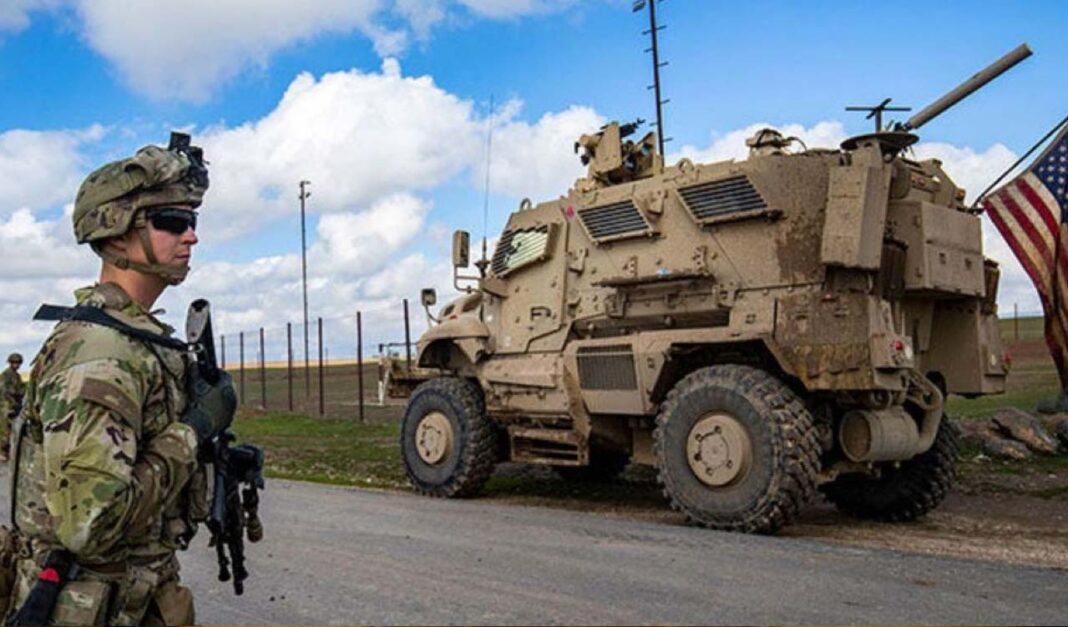US forces in Iraq remain under a clear plan, but the State Department has dismissed Prime Minister Mohammed Shia al-Sudani’s attempt to link militia disarmament to the coalition’s future. A spokesperson urged Baghdad to dismantle the “Iran-backed militias” instead.
Speaking to Shafaq News, the spokesperson stressed that Iraq must address terrorist organizations as a sovereign responsibility. “These groups engage in violent, destabilizing activities that drain the country’s resources,” the spokesperson said.
Iraq recognizes both its national army and the Popular Mobilization Forces (PMF). While the PMF operates legally under the state, some factions act under the “Islamic Resistance in Iraq.” This group aligns with Iran’s regional “Axis of Resistance,” which includes Hezbollah in Lebanon and the Houthis in Yemen. It opposes US and Israeli interests across the region.
Regarding the presence of US forces in Iraq, Washington clarified that it is transitioning the coalition’s role rather than withdrawing abruptly. “This is not a withdrawal,” the spokesperson emphasized. “We are moving toward a traditional bilateral security and diplomatic relationship.”
Currently, roughly 2,500 American troops remain stationed in Iraq. Baghdad and Washington finalized an agreement last month that outlines a roadmap for the full withdrawal of US troops by September 2026.
Analysts note that this transition aims to maintain stability while allowing Iraq to gradually assume greater control over security operations. At the same time, the coalition will continue advising and supporting Iraqi forces in counterterrorism efforts.
The spokesperson reiterated that Iran-backed militias threaten Iraq’s sovereignty and national interests. These groups often operate independently from Baghdad, making coordination difficult. The State Department urged Iraqi authorities to take decisive measures to dismantle such factions.
In addition, the spokesperson highlighted that US troops will continue assisting with intelligence, training, and logistical support. This shift ensures that Iraq retains critical security cooperation without requiring a large combat footprint.
Observers say that managing the presence of US forces in Iraq carefully is essential to balance regional stability with domestic political pressures. The September 2026 timeline allows for a phased reduction while maintaining security guarantees.
Ultimately, Washington emphasized that US forces in Iraq will remain until the agreed schedule concludes. Meanwhile, Baghdad must focus on addressing Iran-backed militias and reinforcing the authority of its national army. This dual approach seeks to strengthen Iraq’s sovereignty and stabilize the country ahead of the coalition’s eventual transition.



